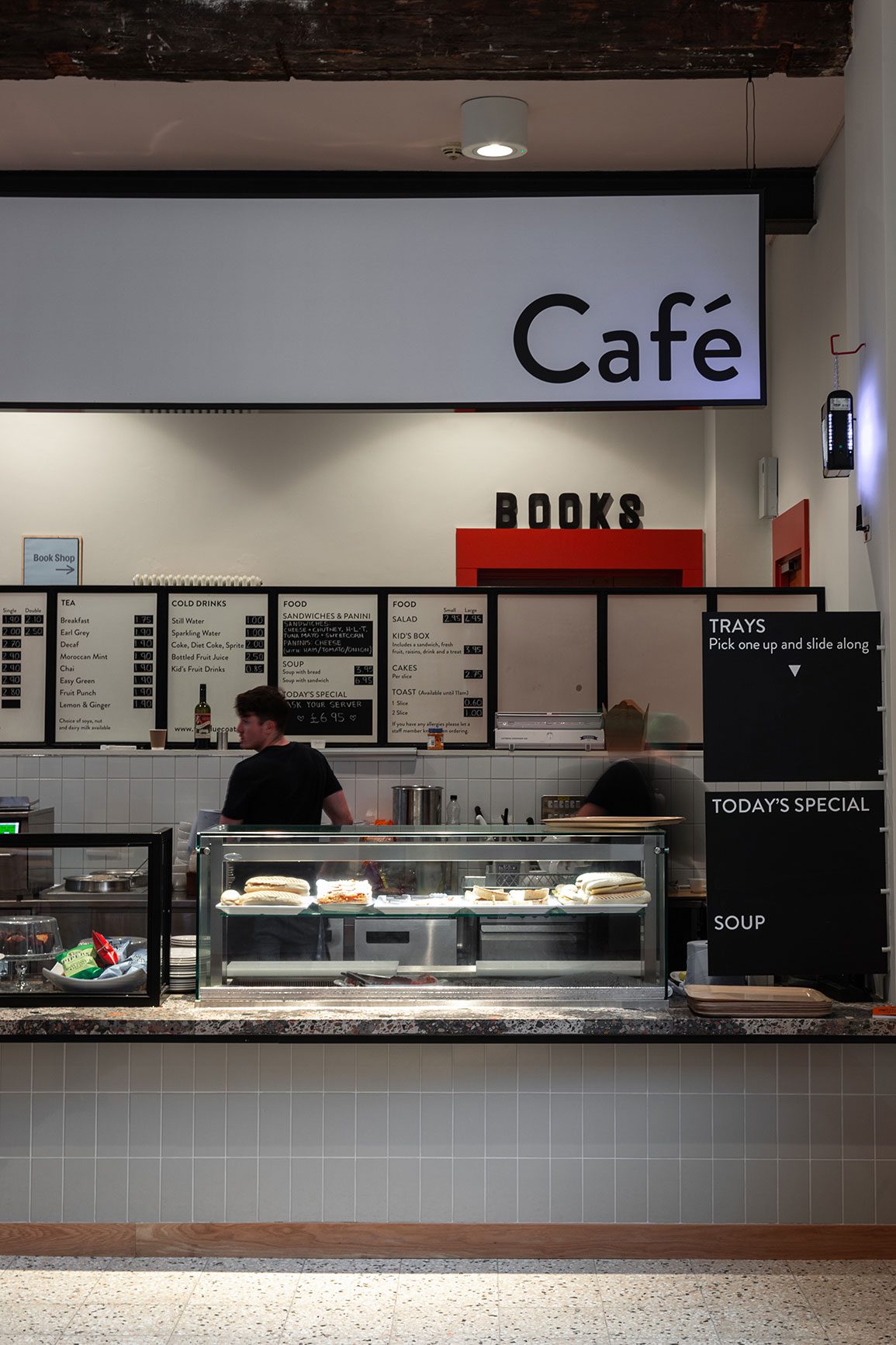Bluecoat Centre for Contemporary Arts Liverpool
Bluecoat Chambers is a Grade 1 listed building and the oldest surviving building in central Liverpool. Its rich and dynamic history has created a diverse mix of spaces and public / private uses. The changing nature of the economy means that arts organisations such as these must adapt and maximise their opportunities to ensure their long term sustainability.
Architectural Emporium were initially engaged to unlock these issues by addressing; the historic fabric of the building, reorganising and re purposing existing spaces for contemporary uses and introducing new build interventions to improve the buildings accessibility and legibility. The proposed scheme involved a large variety of spaces including: A new bar and restaurant, flexible performance space, artist studios, office facilities and public engagement areas.
Following successful funding applications, the first phase of works to the Hub was commissioned in 2020 and completed in 2021 The space has been reorganised to address long-standing issues such as heat losses, through movement, engagement with gallery spaces and legibility of the many different building uses. With the cafe and reception relocated and the existing lobbies rearranged to encourage interaction with the spaces that lie beyond. The space is more legible, engaging and creates a more comfortable environment in which to dwell and enjoy.
The space is colourful, inclusive, crafty and eclectic. It was designed in close collaboration with the design team, artists and numerous client representatives through a number of engaging workshops. Way finding has been greatly improved thanks to our collaborative work with Bluecoat and SMC. Architectural Emporium had gained a deep understanding of the different building uses and requirements having previously carried out the feasibility proposals for the whole centre again in close collaboration with the client and different representatives of the building functions.
A new terrazzo floor encourages a more defined movement through the space towards the gallery or cafe, allowing the seating area to be more protected. This area retains the original timber floor. An entrance information point from the garden access point assists in defining the seating area. The reception is now located adjacent to the gallery entrance and both entrance and reception structures are adorned in artist commissioned tiled interventions. Large scale acoustic panels float above providing directional signage.
A new children’s area is located adjacent to the reception and high level seating is arranged around the garden windows. The cafe counter is formed in terrazzo and key elements such as the columns and skirting boards are highlighted in colour. Bespoke tables and benches compliment the new chairs. Ceiling mounted and track lighting adds flexibility, intimacy and drama to the space. Photos by: Matthew Westgate



























